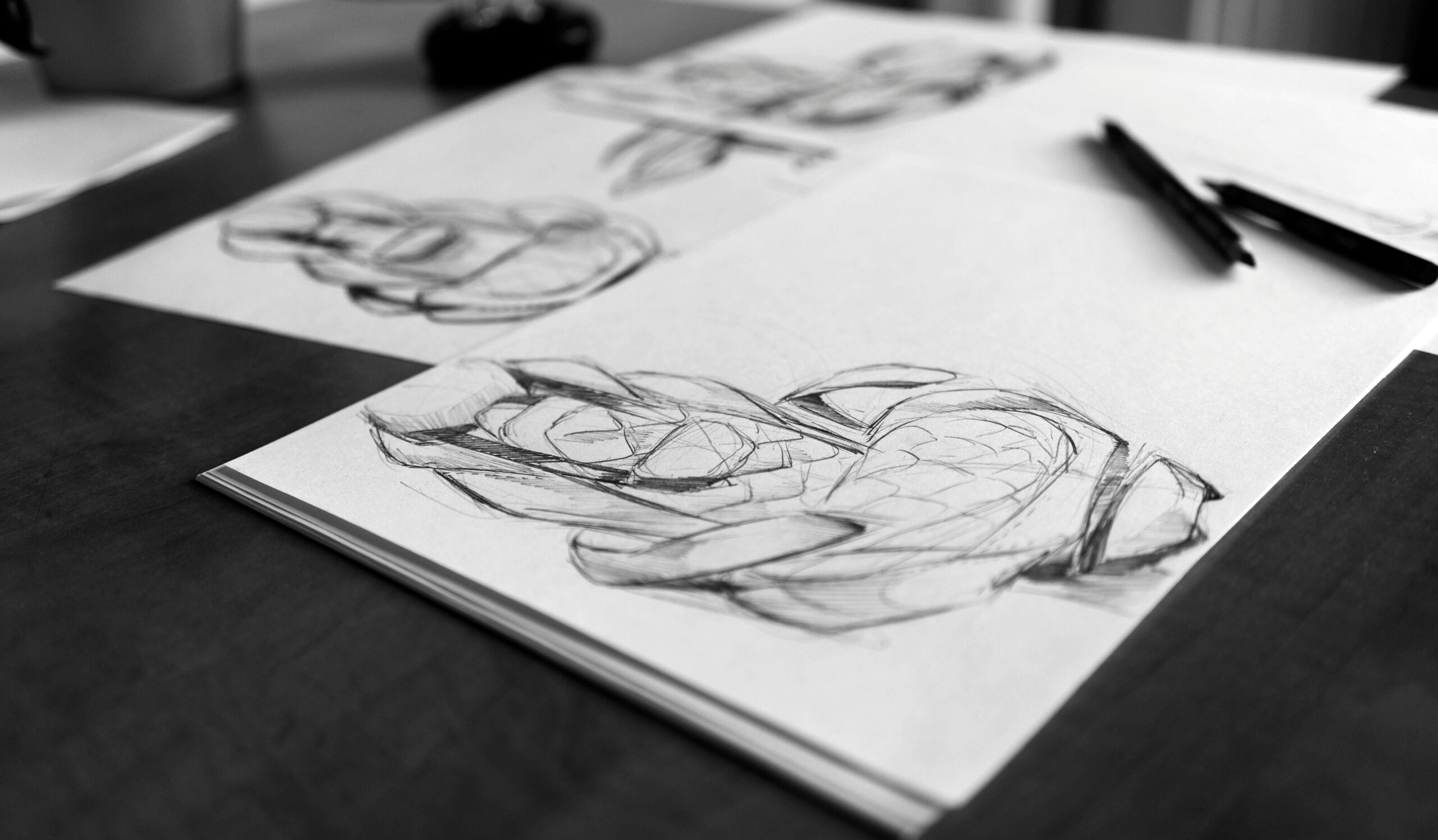In today’s fast-paced, consumer-driven world, designing products that will be produced in the tens of millions comes with a significant responsibility. From everyday household items to tech gadgets and packaging materials, the products we create must meet the demands of high-volume manufacturing while balancing cost, functionality, and durability. However, one of the most pressing challenges we face as product designers is the environmental impact of these products—especially when scaled to such massive quantities. This is where the team at HH Innovations really step up!
Designing for Mass Production: More Than Just Efficiency
When designing for mass production, the goals are often clear: create a product that can be manufactured quickly, cost-effectively, and at consistent quality. Achieving this requires optimizing the design for large-scale production techniques like injection moulding, die-casting, or stamping. However, focusing solely on production efficiency without considering the environmental implications can have devastating consequences for the planet.
At the scale of tens of millions, even small design decisions can have an outsized impact. A slight increase in material waste, energy usage during production, or reliance on non-recyclable materials can result in tonnes of waste, higher carbon emissions, and long-lasting environmental damage. This is why sustainable product design—integrating environmentally friendly principles from the outset—is no longer optional. It’s a necessity.
Why Environmentally Friendly Design is Vital in Mass Production
- The Scale of Impact
When you’re designing a product that will be made millions of times, the environmental impact of every choice is multiplied. A single bottle cap, phone case, or plastic component may seem insignificant, but when produced in vast quantities, the material used, energy consumed, and end-of-life disposal can contribute significantly to global pollution.
As a designer, your decisions influence not just the product’s lifecycle but also the manufacturing process and the ease of recycling or reuse. A commitment to sustainable design can help mitigate these effects, from reducing greenhouse gas emissions during production to minimizing landfill waste at the product’s end of life.
- Material Selection: A Game-Changer
One of the most powerful tools in environmentally friendly design is material selection. Choosing the right materials not only impacts the product’s performance but also its sustainability footprint. Opting for recyclable, biodegradable, or renewable materials can dramatically reduce the product’s long-term environmental harm.
- Biodegradable Plastics: Using biodegradable plastics or bio-based alternatives can significantly reduce the time it takes for products to break down in landfills or oceans. These materials decompose naturally, leaving a much smaller ecological footprint than traditional petroleum-based plastics.
- Recycled Materials: Incorporating recycled content into your designs reduces the demand for virgin materials, which often require more energy and resources to produce. It also helps to close the loop in the production cycle, promoting circularity.
- Minimalist Designs: Material efficiency can also be achieved through minimalist designs, where the form is as streamlined and functional as possible. By reducing the number of components or simplifying the assembly process, designers can cut down on material waste during production.
- Energy Efficiency in Manufacturing
Environmental impact goes beyond the product itself; it extends to the manufacturing process. Design decisions can significantly affect how much energy is used during production. For example, choosing materials that are easier to mould or require lower processing temperatures can result in significant energy savings when producing millions of units.
Additionally, optimizing product design for automation and reducing the number of manufacturing steps can make a significant difference in both cost and environmental impact. Fewer processes and less energy-intensive methods result in fewer emissions and resource consumption.
- Product Lifecycle Considerations
Sustainability in product design is not just about production—it’s about the entire lifecycle of the product, from the moment it’s created to the end of its usefulness.
- Durability: Designing products to be long-lasting means fewer replacements and, in turn, less consumption of resources over time. Products made with durable materials reduce the need for frequent replacements, saving consumers money and reducing waste.
- Modular and Repairable Designs: For products that may wear down over time, consider designs that allow for easy repair or upgrading rather than complete replacement. A modular design approach can help extend the product’s life and reduce the waste generated by discarded items.
- End-of-Life Planning: As designers, we need to plan for what happens to a product when it reaches the end of its useful life. Designing for disassembly—where the product can be easily broken down into its component parts—ensures that materials can be recycled or repurposed with minimal effort. This reduces the environmental burden of waste and promotes a more circular economy.
Case Study: The Power of Sustainable Design
One clear example of the power of environmentally friendly design is in the consumer electronics industry, where tech giants are starting to lead by example. For instance, smartphone manufacturers are increasingly using recycled metals and plastics in their devices, designing products to be thinner and lighter (thus reducing material use), and offering trade-in programs to ensure older devices are refurbished or recycled.
Apple’s commitment to using 100% recycled aluminum in some of its products has set a precedent for the industry. In products like the MacBook Air and iPhone, the use of recycled materials reduces mining, cuts emissions, and reduces energy consumption—all without compromising the product’s quality or performance.
The Responsibility of Product Designers
When designing products for mass production, the stakes are higher than ever. With every design decision, product designers hold the potential to shape not just the product itself but its broader impact on the environment and society. Sustainable design practices, thoughtful material selection, and a focus on energy efficiency can make a monumental difference when scaled to tens of millions of units.
As designers, we are not just responsible for delivering cost-effective, functional products. We must also be stewards of the environment, pushing for innovative solutions that help reduce waste, conserve energy, and promote sustainability. By prioritizing environmentally friendly design, we ensure that the products we create today leave a better world for tomorrow.



